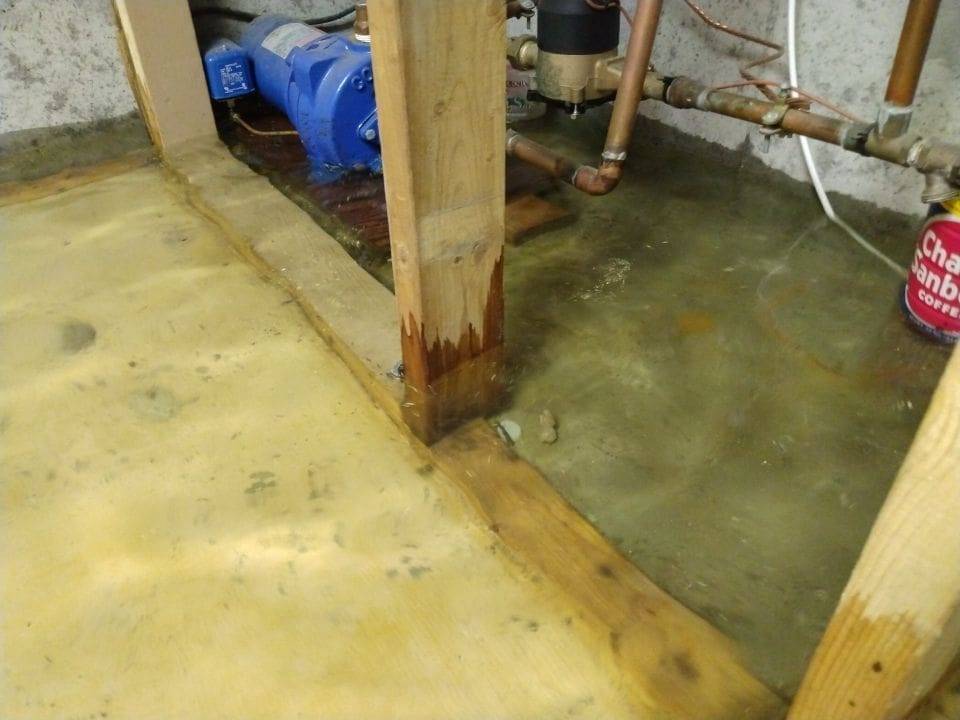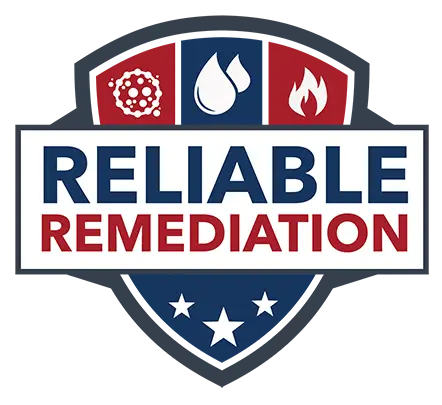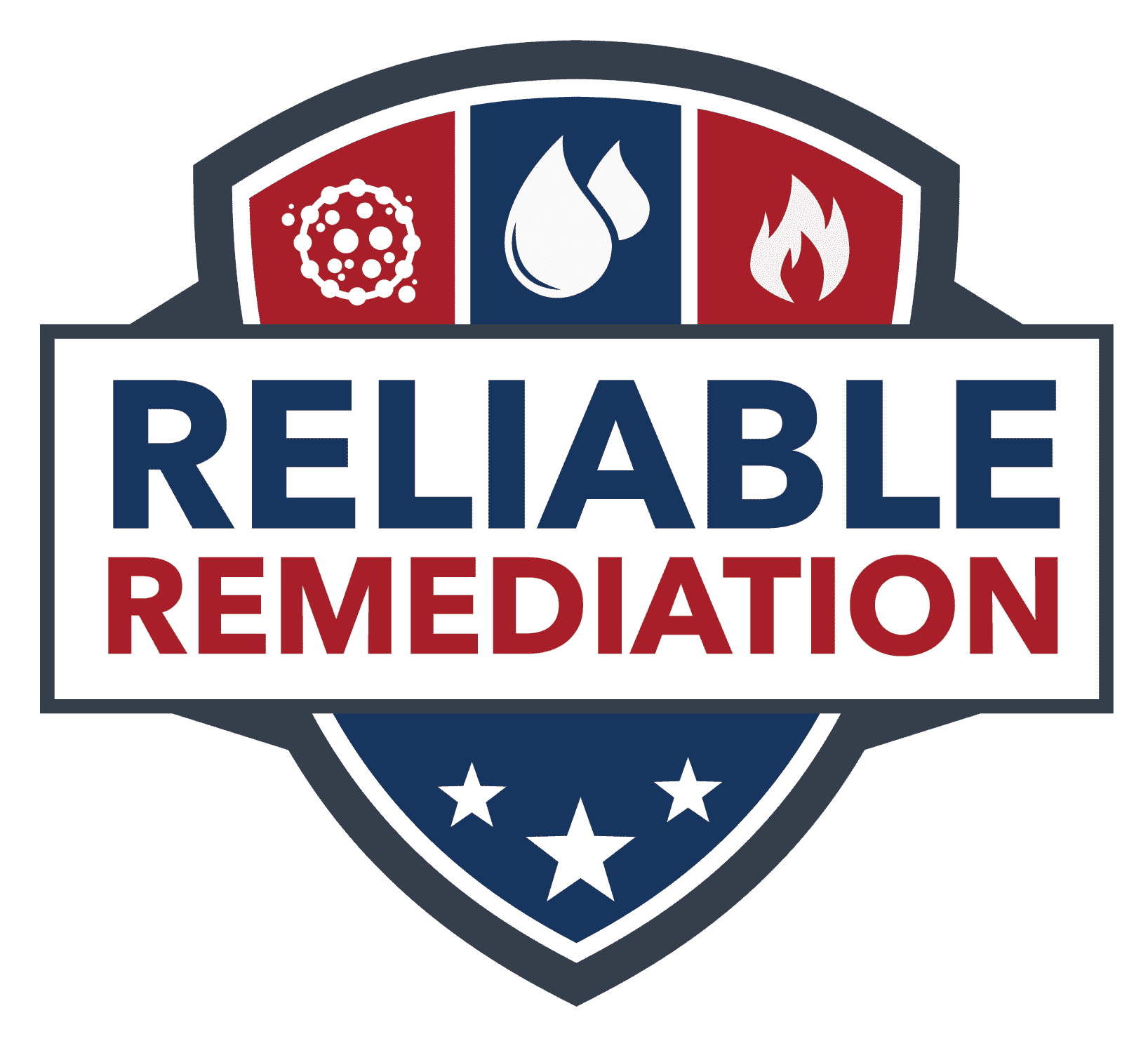Flood Damage
If you are experiencing a flooding problem right now – call us for assistance Call NowRequest an EvaluationFlood Damage
Flooding is the most common and costly natural hazard in the United States. The current average annual damage from floods is $5.2 billion and over 80 deaths per year (National Center for Atmospheric Research, 2001).
Generally speaking, flood damage is damage to the home as a direct result of a flooding event. In other words, it must rain enough to create either a flooding event or a flash flood. This can happen during a natural disaster or a hurricane that produces heavy rainfall in a short period of time.
Rain from a hurricane coming through your roof would likely be covered. If waters rise from that hurricane and come in through a body of water (stream, river, ocean etc.) or even groundwater running into the structure or rising from below the slab – it won’t likely be covered without special Flood Insurance.
Whether it’s covered or not, water damage needs to be addressed quickly to stop further damage (mold, rot, etc.) from destroying your property. This is called mitigating further damage and it is important to move quickly to extract water, remove damaged materials and contents, and dry the structure. This quick action will protect the property and the health of its occupants.

What to Do About a Flooded Basement or Flooded House
Home and business owners should be prepared for any type of weather. Flooding can happen any time of year and sometimes from strange and unusual circumstances, e.g., blocked storm drain, gutters not cleaned, sump pump failure, power loss, etc.
To help home and business owners recover from a flood, the Institute of Inspection, Cleaning, Restoration and Certification (IICRC) has prepared a quick-reference guide for flood cleanup tips, the release stated. When it comes to storms, education is essential. We want to make sure homeowners and business owners have access to these materials so they are able to act quickly and correctly when the time comes.
According to the IICRC here are some essential tips:
- Before the storm. If a storm in your area is imminent and you are at high risk for flooding, make sure you are prepared.
- Consider safety. Prior to entering any storm or flood-damaged building, be wary of structural integrity and other safety hazards such as falling debris or shock hazards.
- Work quickly. Even though it can take mold a few days to appear, anything that can be done to control or minimize its speed of growth is vital.
- Clean and disinfect everything. The first step in the cleanup process is to remove and dispose of all wet porous components such as mattresses, pillows, molding, insulation, and portions of damaged walls
Severe flooding is one of the most devastating natural disasters for a home or business owner because of the level of destruction it creates. Not only does it destroy your property, but it has the ability to bring contaminants into your home, making it unsafe and unlivable until properly inspected and cleaned.
Use a professional you can trust to do the very best job possible. You can use the contractor of YOUR choice, you do not have to use the insurance company’s “pet” contractor.
Disaster Happens. We can FIX it!
If you do intend to file a claim, here’s a FREE resource of POWER QUESTIONS to ask your insurance company to make sure you receive the service and coverage you deserve (and have paid for).
How to Clean up a Flooded Basement, Avoid or Treat Mold
Tips for cleaning flooded homes from the EPA, FEMA, and the American Red Cross
Though it’s important to clean out a flooded basement quickly to avoid mold growth, there are other important steps to take first, according to experts. We recommend the first thing homeowners should do after a flood is to check for gas leaks and loose power lines – without touching them. If there are any, contact your utility company.
Homeowners should also check the foundation for cracks or obvious damage. If it seems unsafe, or if there’s water standing next to the outside of the house walls, people should not enter their homes. Before entering your home, make sure to turn off the gas and electricity.
According to the EPA, homeowners should make sure to take pictures of their homes and belongings for insurance purposes.
Here’s what else you need to know about cleaning up your flooded home.
Wear protective gear:
To clean up any flood damage, the EPA recommends wearing an N-95 mask to avoid breathing in mold, rubber gloves and goggles to keep out dust and small particles. The American Red Cross also recommends wearing long sleeves and long pants and boots or work shoes.
Clean out items, debris:
Homeowners should first find their “irreplaceable” items and put them in an elevated and dry place. Homeowners should also remove all debris and mud – which “may contain many health hazards” – from their home and make some repairs like patching any holes in the roof, walls or windows, check for broken pipes, and brace sagging floors and ceilings.
The American Red Cross says homeowners should throw out any food, beverages or medication that has come into contact with flood waters, as well as any items that absorb water that can’t be cleaned or disinfected such as mattresses, carpeting, cosmetics, stuffed animals and baby toys.
According to FEMA, “all wet materials, mud and debris must be removed to the outside of the house.”
Don't pump water out too quickly:
If there is still water in your basement, FEMA says homeowners should not pump it all out immediately, because the floor could crack and the walls could collapse with the quick change in pressure. Instead, FEMA recommends that homeowners follow its “recommended rate to pump” by drawing down one foot of water, waiting 24 hours, drawing down another foot of water, and waiting another 24 hours.
“Time is critical to combat the threat of mold, which can appear in one or two days,” FEMA says
Dry out your home:
The EPA recommends opening all doors, windows, cabinets, and drawers to give your home some airflow to help it dry out. “When electricity is safe to use, use fans and dehumidifiers to remove moisture,” the EPA says.
According to FEMA, homeowners should cut away wet wallboard and insulation “at minimum one foot above the high water line.” They should then “scrub every surface touched by contaminated water” and make sure there aren’t hidden pockets of water. “Vacuum any remaining water and run fans and dehumidifiers,” FEMA says.
The EPA recommends drying your home and everything in it “as quickly as you can,” within 24 or 48 hours, if possible.
Clean all mold:
Some materials will have to be removed depending on the extent of the damage. Moldy building materials should be removed or cleaned/sanitized BEFORE adding air movers or fans in an attempt to dry things out. If not, all of that air movement will likely cross-contaminate any unaffected areas inside the structure.
According to the EPA, mold cleanup must be complete before you can move back into your home, to avoid health issues such as asthma attacks, eye and skin irritation, and allergic reactions.
Remember that just because all of the bulk water has been removed does not mean things are dry. Damp building materials (with a moisture content above 17%) will support mold growth. Proper cleaning and drying is one of the most important steps in returning your property to a clean and healthy environment.
Disaster Happens. We can FIX it!
It’s Easy to Get the Help You Need

Get an Evaluation

Receive a Customized Plan


